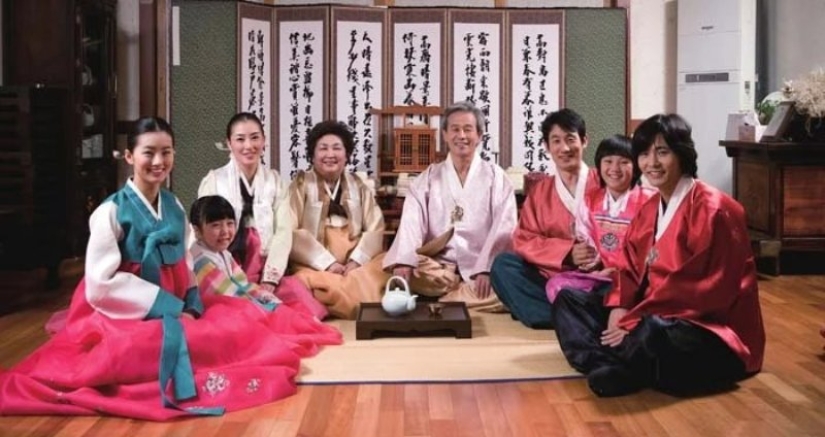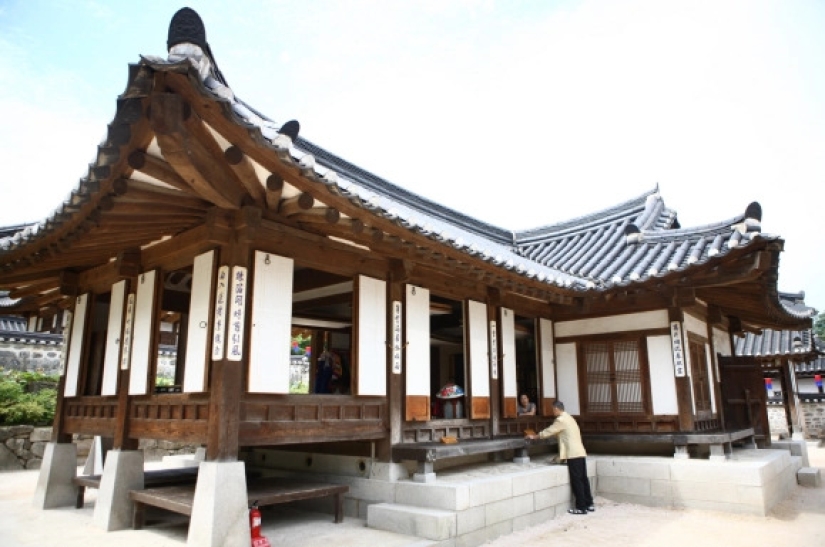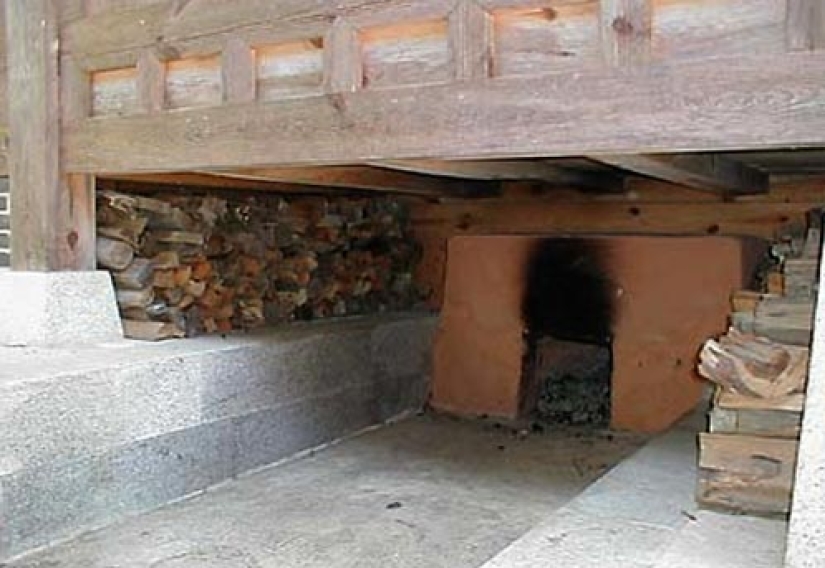Korean heating system ondol — underfloor heating that appeared before our era
Categories: Asia | Design and Architecture | History
By Pictolic https://pictolic.com/article/korean-heating-system-ondol-underfloor-heating-that-appeared-before-our-era.htmlEvery region of the world with a fairly cold winter has its own traditional ways of heating homes. In Western European countries, these are fireplaces, we have Russian stoves, and in Korea — underfloor heating ondol. The Korean way to maintain a comfortable temperature in the house is intricate, but at the same time surprisingly effective. The ondol heating system is recognized as the national intangible cultural heritage of Korea.

Once ondol was used in the palaces of emperors and noble nobles. Until now, walking through the museum complexes, you can see small holes in the walls of buildings. Also in each house there is a separate room, where there is nothing but a large stove. All these are parts of a heating system that has an ancient history.

Ondol heating first appeared 500 years before our era on the Korean lands of Northern Okcho during the Three-State period. In the 5th century AD, such furnaces were already used throughout the Korean peninsula. Scientists believe that this is the oldest heating system and the first "underfloor heating" in the history of mankind.
Ondol furnaces were built simultaneously with the building. Even at the stage of laying the foundation under the floors of the premises, tunnels were arranged under the floor and large stones were laid in them. The channels were connected to a stove, which could serve for cooking or have only a heating function. In imperial palaces, special rooms were allocated for stoves with a separate entrance from the street to make it easier to deliver firewood.

Hot air from the furnace passed through channels under the floor, heating large stones that store heat for a long time. After that, he left from the other side of the building through a special chimney. The pipe was built wide and high enough, because it was supposed to provide good traction in long underground tunnels.
The ondol system coped with its tasks perfectly. The floors in the house were warm, which means that the air in the room was also heated. At the same time, unlike our stoves and fireplaces, the furnaces were located in the service rooms. The inhabitants of the palace or house were spared the need to tolerate the smell of burning, and could also not be afraid of carbon monoxide.

It was the ondol ovens that gave rise to the Korean tradition of spending time on the floor: sitting, eating, sleeping. The areas of the floor located closer to the hearth were always warmer. It was there that the places of honor were located, where the owners of the house and distinguished guests sat down.
Heating ondol is still used in houses in rural areas. In cities where it is impossible to use such stoves now, they still arrange electric or water underfloor heating in apartments and offices, which have become the successors of ondol. This is convenient and practical, because South Korea belongs to countries where centralized heating is not provided.
Recent articles

If you make a collection of the best photographs of celebrities of the 20th century - influential politicians, beloved actors and ...

Home is a place where we feel absolutely safe. But is this really the case? Doctors recommend not to relax, because even in a ...

Medical scientists in the XX century received incredible freedom in the study of the human body. In most countries, the autopsy of ...